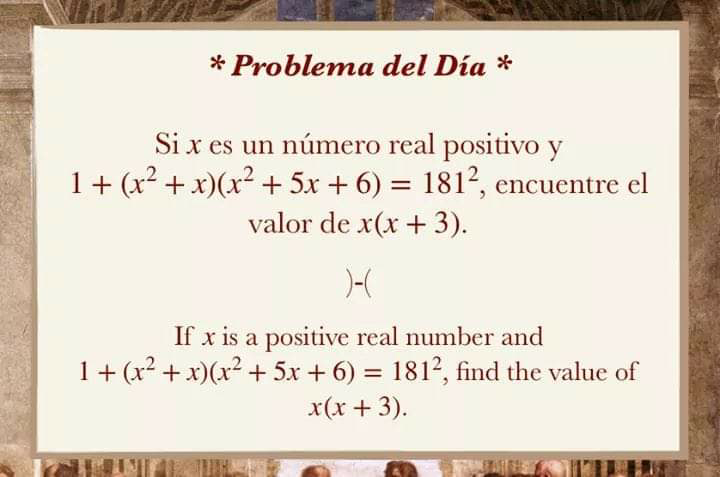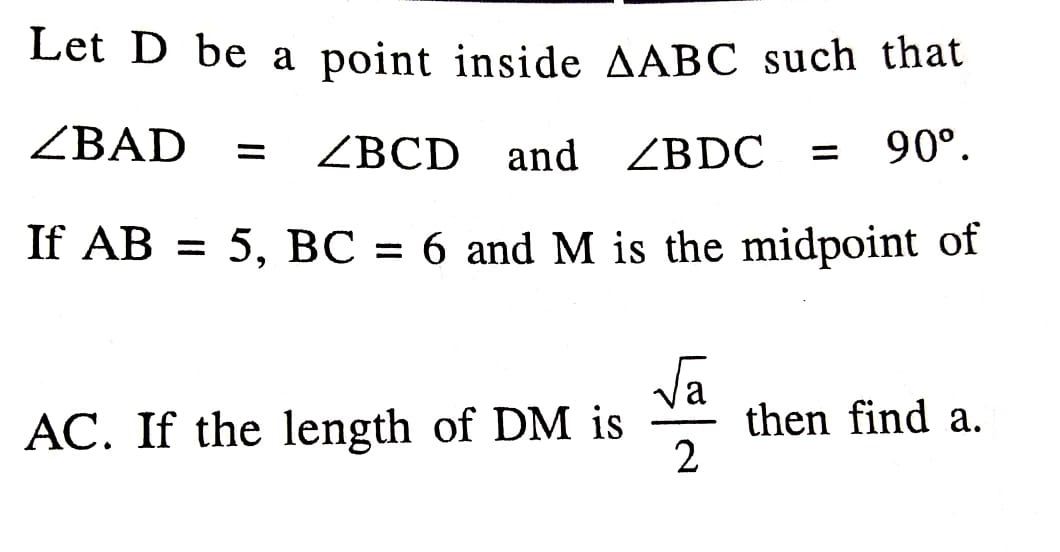
AllQuestion and Answers: Page 1455
Question Number 65919 Answers: 1 Comments: 1
Question Number 65918 Answers: 1 Comments: 1
Question Number 65917 Answers: 0 Comments: 0
Question Number 65916 Answers: 0 Comments: 0
Question Number 65915 Answers: 0 Comments: 0
Question Number 65914 Answers: 0 Comments: 0
Question Number 65911 Answers: 0 Comments: 1

Question Number 65901 Answers: 1 Comments: 0

Question Number 65884 Answers: 0 Comments: 3

Question Number 65878 Answers: 0 Comments: 5
Question Number 65871 Answers: 0 Comments: 0
Question Number 65869 Answers: 1 Comments: 1
Question Number 65868 Answers: 0 Comments: 2

Question Number 65866 Answers: 0 Comments: 5

Question Number 65859 Answers: 1 Comments: 0
Question Number 65858 Answers: 0 Comments: 3

Question Number 65853 Answers: 1 Comments: 0
Question Number 65841 Answers: 1 Comments: 1
Question Number 65837 Answers: 0 Comments: 4
Question Number 65834 Answers: 0 Comments: 1
Question Number 65830 Answers: 1 Comments: 3

Question Number 65828 Answers: 0 Comments: 1
Question Number 65827 Answers: 0 Comments: 0
Question Number 65825 Answers: 0 Comments: 0
Question Number 65805 Answers: 2 Comments: 1
Question Number 65797 Answers: 1 Comments: 0
Pg 1450 Pg 1451 Pg 1452 Pg 1453 Pg 1454 Pg 1455 Pg 1456 Pg 1457 Pg 1458 Pg 1459
